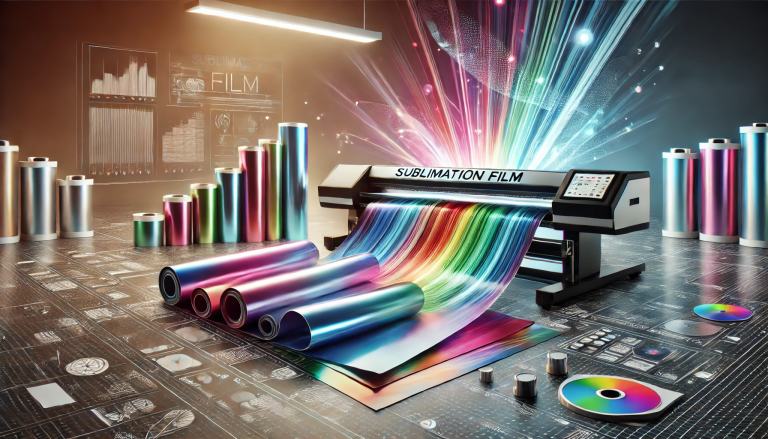“A3+ Vinyl Sublimation Paper: Transfer Your Fabric Designs with Ease!” – SUBLIMATIONTRANSFERPAPER –High-Speed Sublimation Paper Wholesale, A1 Sublimation Paper Factory, Made in China
In the world of custom printing, selecting the right materials for your projects is essential for achieving the best results. However, with so many options available, it’s not uncommon to wonder whether certain materials can be used interchangeably. One such question that often arises is: Can you use fabric transfer paper for A3+ vinyl sublimation paper? This article will explore the differences between these two materials and provide insights into whether they can be used interchangeably.
Understanding Fabric Transfer Paper
Fabric transfer paper is a type of paper specifically designed for transferring printed designs onto fabric using heat. It is commonly used for creating custom T-shirts, apparel, and other textile items. The process typically involves printing a design onto the paper using an inkjet or laser printer, then applying heat and pressure to transfer the ink onto the fabric.
Understanding A3+ Vinyl Sublimation Paper
A3+ vinyl sublimation paper, on the other hand, is designed for transferring sublimation inks onto vinyl substrates. Sublimation printing involves using heat to transition the ink from a solid to a gas state, allowing it to bond with the vinyl material. This method is often used for creating custom car decals, banners, and other vinyl products.
Key Differences Between Fabric Transfer Paper and A3+ Vinyl Sublimation Paper
- Material Compatibility: Fabric transfer paper is specifically designed for use with fabrics, while A3+ vinyl sublimation paper is designed for vinyl materials. The ink absorption and transfer properties of these papers are optimized for their respective substrates.
- Ink Compatibility: Fabric transfer paper is typically designed for use with standard inkjet or laser inks. Sublimation paper, including A3+ vinyl sublimation paper, is designed for use with specialized sublimation inks that are formulated to vaporize under heat.
- Heat and Pressure Requirements: The heat and pressure settings required for transferring designs onto fabric using fabric transfer paper are different from those required for sublimation onto vinyl. Using the wrong settings can result in poor print quality or failure to transfer the design properly.
- Print Quality and Durability: Sublimation printing on vinyl typically results in more durable and vibrant prints compared to fabric transfer printing. Vinyl sublimation prints are resistant to fading and can withstand outdoor conditions, whereas fabric transfer prints may degrade over time, especially with frequent washing.
Can You Use Fabric Transfer Paper for A3+ Vinyl Sublimation Paper?
Given the differences outlined above, the short answer is: No, you cannot use fabric transfer paper as a direct substitute for A3+ vinyl sublimation paper. Here’s why:
- Material Incompatibility: Fabric transfer paper is not designed for vinyl materials. The ink transfer properties of the paper are optimized for fabrics, not vinyl.
- Ink Incompatibility: Sublimation inks require specialized paper to vaporize properly. Using fabric transfer paper with sublimation inks will likely result in poor print quality and incomplete transfers.
- Heat and Pressure Settings: The heat press settings for fabric transfer paper are different from those for sublimation paper. Incorrect settings can damage the vinyl or fail to transfer the design.
Conclusion
While both fabric transfer paper and A3+ vinyl sublimation paper are used for transferring designs using heat, they are designed for different substrates and require specific inks and settings. Attempting to use fabric transfer paper for vinyl sublimation projects is not recommended, as it can lead to unsatisfactory results and potentially damage your materials.
If you’re looking to work with vinyl materials, invest in the appropriate A3+ vinyl sublimation paper and follow the recommended guidelines for sublimation printing. This will ensure that you achieve vibrant, durable prints that meet your expectations and requirements.
Remember, the key to successful custom printing is using the right materials for the job. By selecting the appropriate paper for your substrate and process, you can elevate your projects and achieve professional-quality results.


